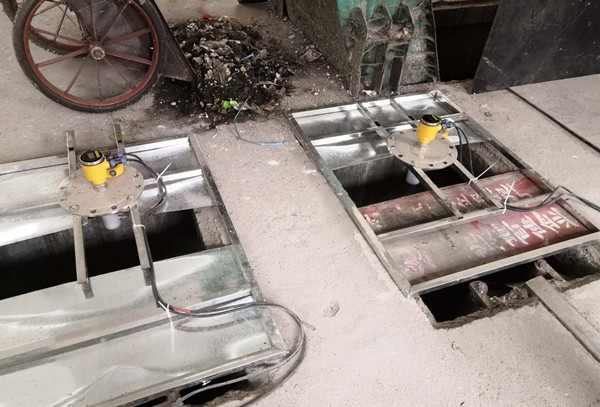In production practice, liquid level measurement is critical in many industrial settings. Common liquid level measurement methods include float level meters, pressure level meters, magnetostrictive level meters, and so on.
With the development of industrial automation, radar level meter has become more and more important in liquid level measurement. So, can a radar level meter be used for the measurement of static water well level?

We need to understand the characteristics of hydrostatic well levels first. First, hydrostatic well levels are unique compared to ordinary fluid levels. Static wells refer to those wells that do not have devices such as pumps or water jets and usually reach a certain water level through the infiltration of the groundwater layer.
Static wells are characterized by relatively stable water quality, slow changes in water level, and relatively shallow water depth. Therefore, these characteristics need to be taken into account when measuring the level of a static well.
So, is a radar level meter suitable for static well level measurement? The answer is yes. In general, radar level meters can be used in all types of liquid level measurements.
A radar level meter emits radio waves and receives the reflected waves to calculate the liquid level according to the reflection time. Compared with traditional liquid level measurement methods, a radar level meter is more accurate and reliable.
Therefore, radar level meters can be used even in the measurement of static well levels.

In the following, let’s look at a practical example of a radar level meter measuring the level of a still water well. A farm has a well with a net water depth of 18 meters and a 90 cm bore.
Due to the summer drought, the farm needs to check the water level in the well frequently.
The traditional method is to measure the water by going down the well and then measuring the level manually. This method is feasible, but not very safe and time costly.
Installing a radar level meter below the wellhead to monitor changes in the well level in real time saves time and costs and ensures the safety of the operator.

Radar level meters are a viable option when measuring the level of hydrostatic wells. However, it should be noted that in the specific practical operation, the first thing that must be done is to choose the radar level meter that is suitable for the actual working conditions so that the accuracy of the measurement can be ensured.
In addition, attention needs to be paid to the selection of the correct installation location, as well as to the maintenance and servicing of the measuring instrument, so as to avoid errors in level reading due to improper maintenance of the radar level meter.
